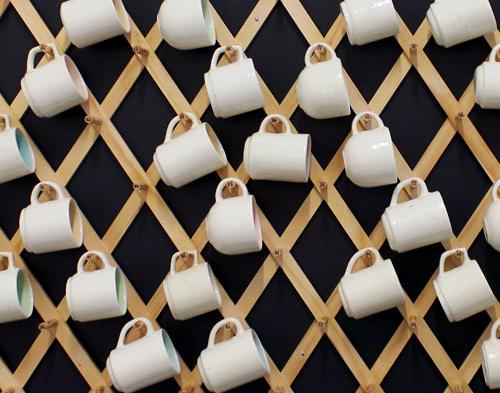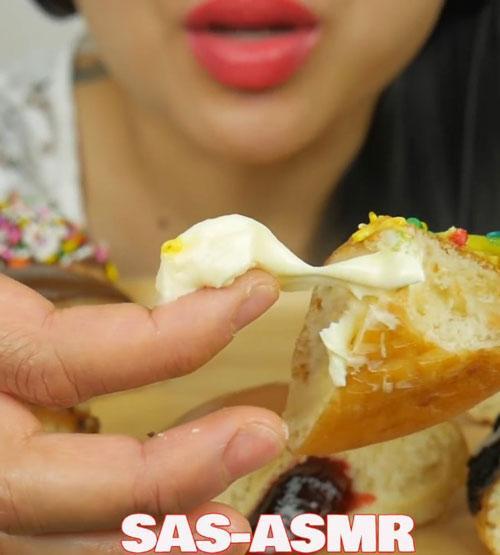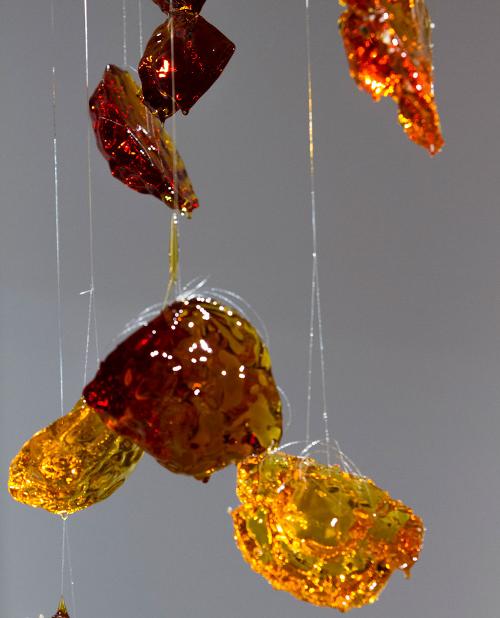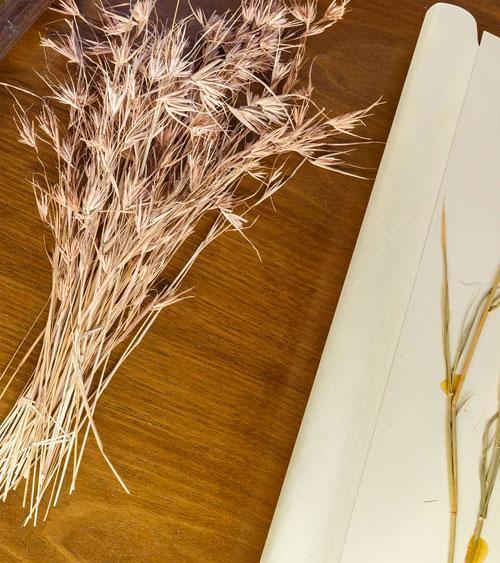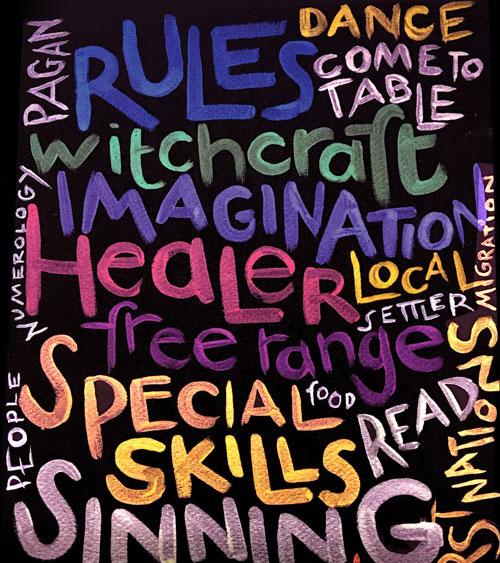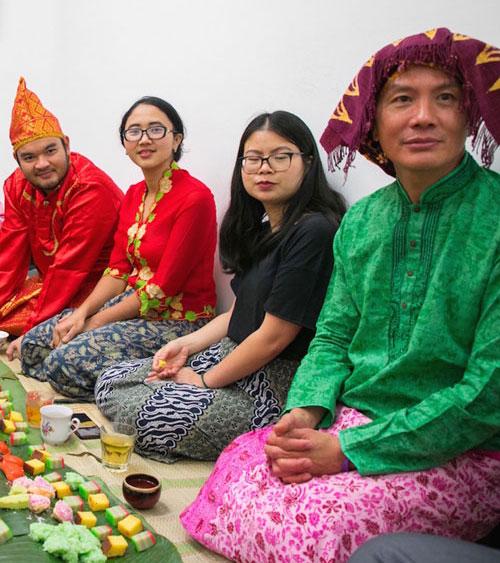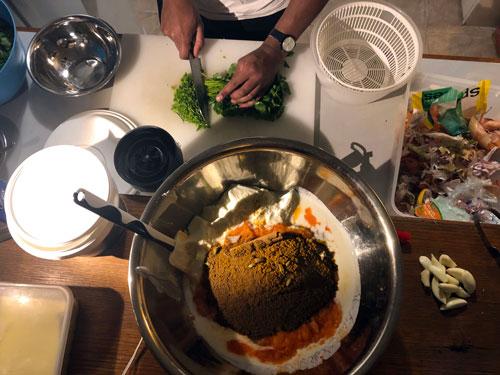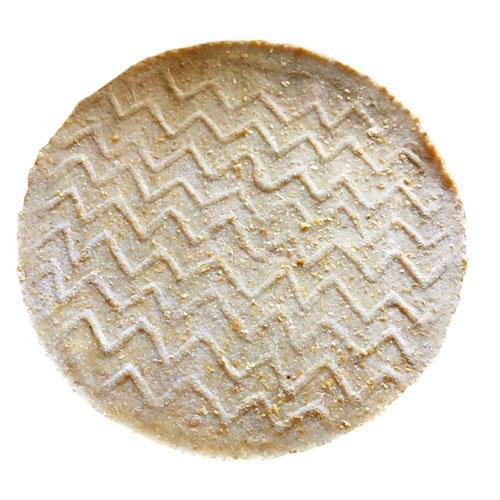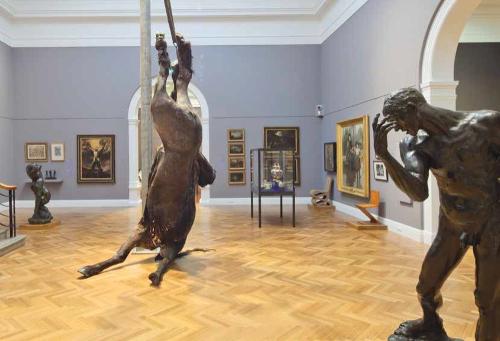Elizabeth Willing: The shelf life of food
In the story of Hansel and Gretel food is strategically deployed to invoke fears of abandonment and anxiety occasioned by the ultimate food-related terrors: starvation and cannibalism. Within the dark woods lurks the witch who devours juicy children, while at the forest’s edge the father and stepmother trade parental responsibilities for better food security. At the centre of all this is the exquisite cottage made of bread, with a roof of cake and windows of sparkling sugar, which the desperate children hungrily tear off and devour in great chunks.

